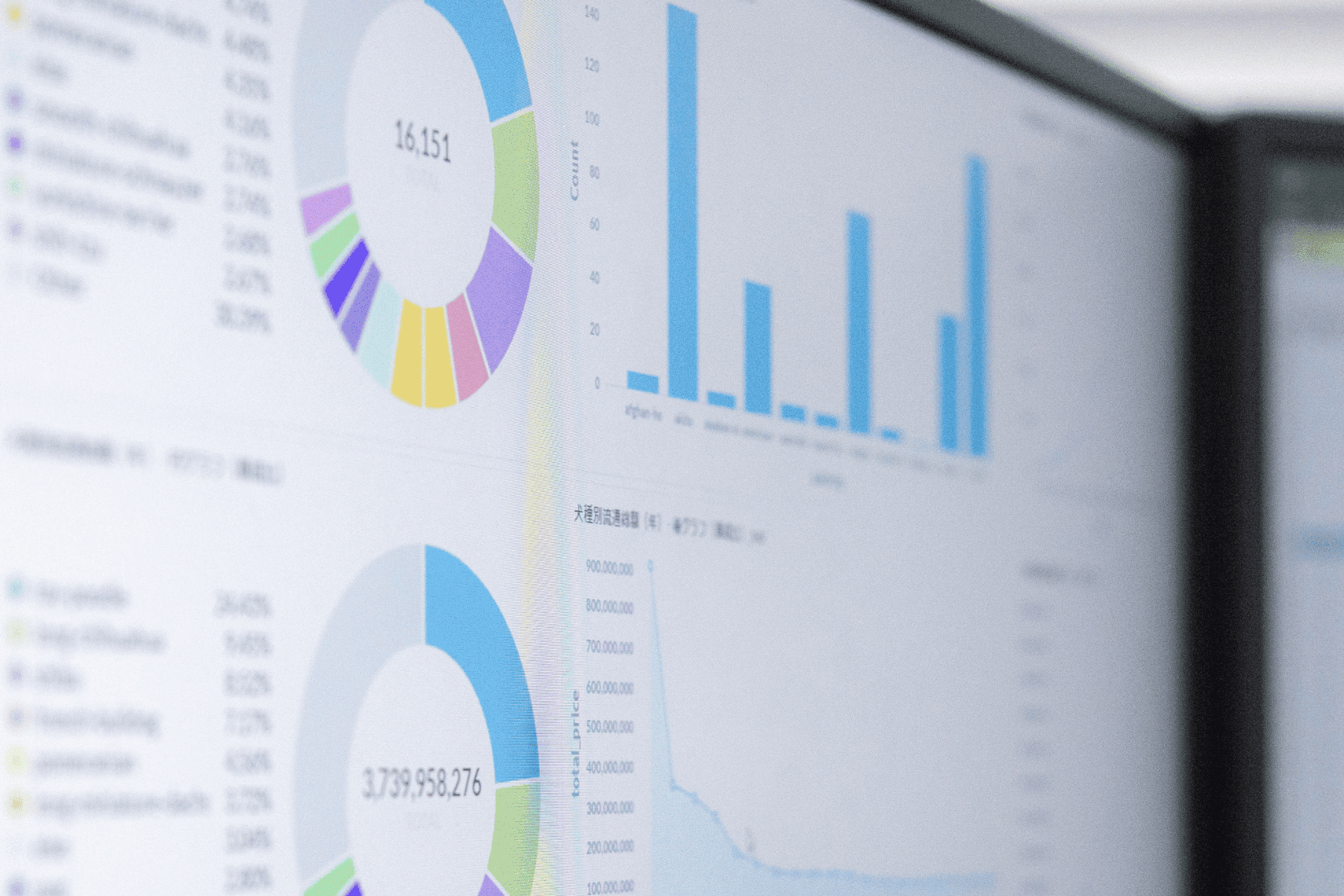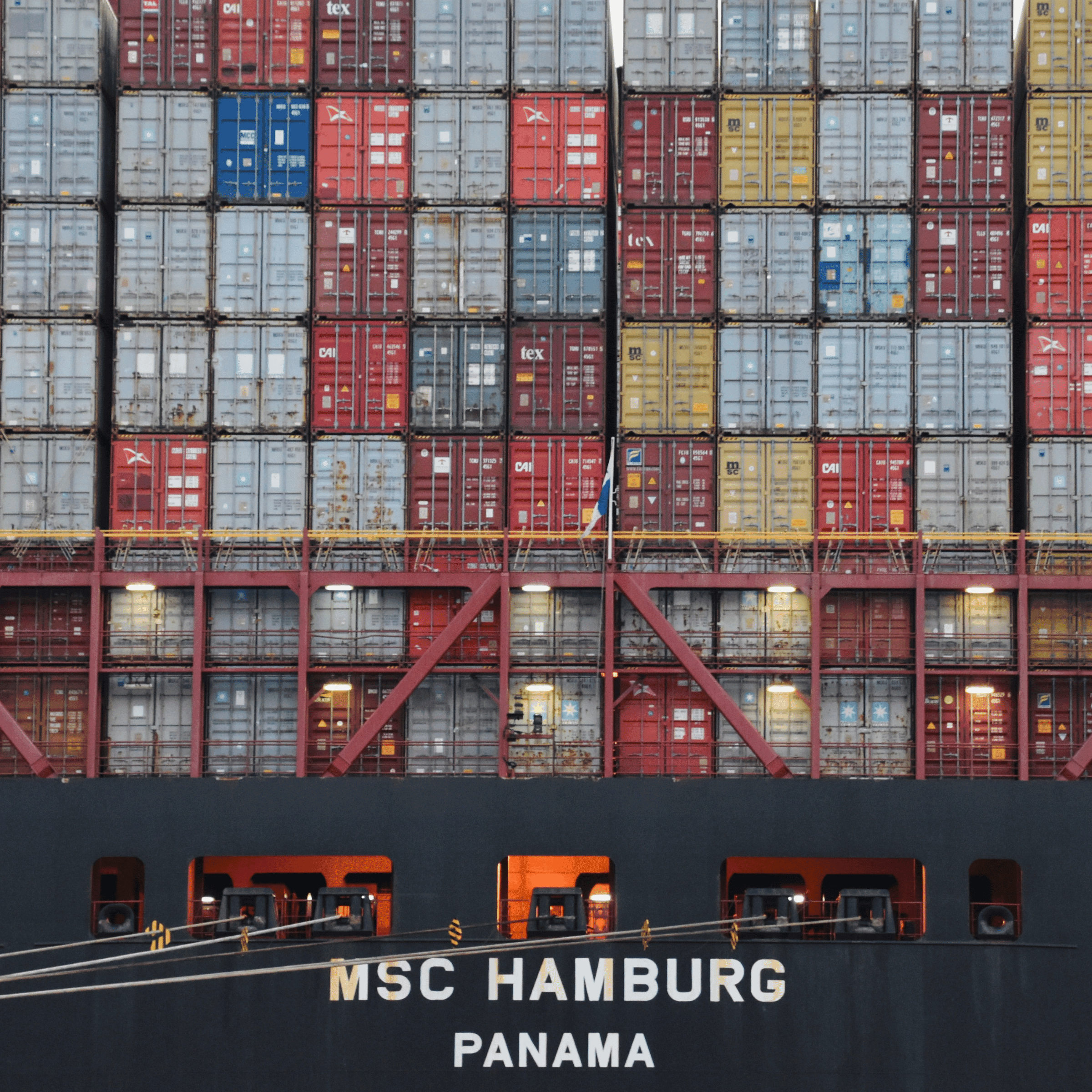As digitalization accelerates across sectors, harnessing data has emerged as a pivotal strategy for businesses worldwide. In the realm of logistics, Third-Party Logistics (3PL) providers are tapping into the potential of big data to revolutionize operations, enhance customer service, and boost profitability. In this comprehensive review, we will explore how 3PL companies exploit data analytics for various aspects of logistics, particularly focusing on route optimization, demand forecasting, and other innovative logistics solutions.
Big Data in Logistics: A Comprehensive Overview
The term ‘big data’ refers to enormous, complex data sets that traditional data processing software finds challenging to manage. In logistics, big data is sourced from myriad avenues within a logistics network, including tracking systems, Internet of Things (IoT) devices, Radio Frequency Identification (RFID) tags, Global Positioning System (GPS), mobile applications, social media, and customer feedback platforms.
Despite the vast amount of data available, its real value lies in transforming it into actionable insights. To mine these invaluable insights from raw data, advanced analytics tools and methodologies come into the picture. They sift through the data, discern patterns, and convert these into practical intelligence, facilitating informed decision-making.
Delving into Route Optimization
One of the areas where big data can drastically transform operations is route optimization. Traditionally, planning routes was based on simple parameters such as distance and estimated traffic. However, with big data, the entire landscape of route planning has changed.
Big data analytics help 3PLs identify the most efficient routes by taking into account numerous variables – traffic patterns, weather conditions, roadwork, social events, and much more. Sophisticated algorithms analyze historical and real-time data to predict potential hurdles and recommend optimal routes. The routes can be dynamically updated in response to changing circumstances or unforeseen events, leading to significant savings in fuel and time, reducing vehicle wear and tear, and ensuring timely deliveries.
Deciphering Demand through Big Data
Accurate demand forecasting is another pivotal application of big data, which directly influences a 3PL company’s profitability. Utilizing vast data sets containing historical sales data, market trends, seasonal variations, macroeconomic indicators, and more, these companies can predict future demand with a high degree of precision.
Such precise forecasts aid in efficient warehouse inventory management, timely transportation scheduling, and resource allocation. By averting overstocking or understocking situations, 3PLs can save substantial costs, ensure prompt delivery of products, and enhance customer satisfaction.
Other Impacts of Big Data on Logistics
Big data’s influence stretches beyond route optimization and demand forecasting, permeating various aspects of logistics:
Carrier Performance Analysis
3PLs can analyze carrier scorecards, which encompass data related to on-time delivery, freight damage instances, billing accuracy, and more. Such analysis aids in evaluating carrier performance and reliability, informing the carrier selection process, aiding in negotiation, and managing the overall relationship.
Warehouse Management
Insights gleaned from big data can streamline warehouse operations by identifying bottlenecks and inefficiencies. From suggesting optimal slotting arrangements to guiding workforce planning, big data can optimize all facets of warehouse management.
Customer Service
Customer interaction data, when analyzed, offers deep insights into customer preferences and behavior. This understanding empowers 3PLs to tailor their services, thereby enhancing the customer experience and fostering long-lasting relationships.
Risk Management
Analyzing data on weather patterns, political situations, and other potential disruptors helps 3PLs to identify and mitigate potential risks in advance. This proactive approach ensures smooth and continuous operations, thus reinforcing reliability.
Sustainability Efforts
Big data can also guide 3PLs in their sustainability initiatives. For example, data-driven insights can lead to optimized fuel usage and reduced carbon emissions. It can also inform decisions about packing materials and recycling efforts.
In Summary
Big data is significantly influencing the logistics industry, offering a wealth of opportunities for 3PL companies to refine their operations, enhance decision-making, and deliver innovative logistics solutions. By utilizing data analytics, 3PLs can tailor their services, ensure customer satisfaction, and stay ahead in the competitive logistics market.
However, to leverage the full potential of big data, it’s critical for 3PLs to invest in advanced analytics tools and nurture a data-driven culture. Companies must also prioritize the establishment of a robust data infrastructure and the adoption of data privacy and security measures, given the sensitive nature of the information handled. In the big data era, the success of a 3PL will increasingly hinge on its ability to translate data into actionable, profitable strategies.






